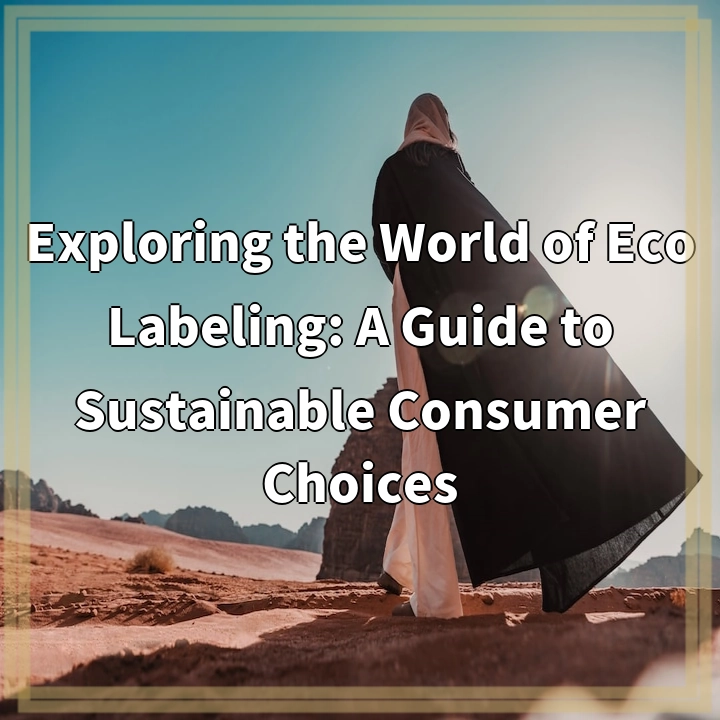
What it is:
Biodegradable plastic alternatives refer to materials that are designed to break down naturally in the environment, reducing the negative impact of traditional plastic waste. These alternatives are often made from organic materials, such as plant-based polymers, which can degrade much more quickly than conventional plastics. Biodegradable plastics aim to address the growing concerns around plastic pollution and offer a more sustainable solution for various applications.
Real-world problems associated with biodegradable plastic alternatives:
1. Lack of standardized labeling and certification: One major challenge is the inconsistency in labeling and certification. There is no universally recognized standard for biodegradable plastics, making it difficult for consumers to differentiate between genuinely biodegradable alternatives and those that only decompose under specific conditions. This can lead to confusion and misinformed choices.
2. Limited infrastructure for composting and recycling: Biodegradable plastics often require specific conditions, such as high temperatures or industrial composting facilities, to break down effectively. However, the infrastructure to support the widespread composting or recycling of these materials is still limited in many regions. Without proper disposal methods, biodegradable plastics can end up in landfills or as litter, defeating their purpose.
3. Misconceptions about biodegradability: Some biodegradable plastics require specific conditions to biodegrade, such as exposure to sunlight or moisture. If these conditions are not met, the plastic may persist in the environment for longer periods. This can create a false sense of security that these materials will quickly disappear, leading to improper disposal and environmental harm.
4. Production and environmental impact: The production of biodegradable plastics may require significant resources, including water, energy, and land for cultivating raw materials. Additionally, the manufacturing process can release greenhouse gases and other pollutants, contributing to climate change and air pollution. It is crucial to consider the overall environmental impact of biodegradable plastic alternatives throughout their life cycle.
5. Cost and availability: Biodegradable plastics are often more expensive to produce compared to conventional plastics. This cost difference can be a barrier to their widespread adoption, especially for small businesses or developing countries. Additionally, the availability of biodegradable plastic alternatives may vary across regions, making it challenging for consumers and businesses to access them easily.
Addressing these real-world challenges is essential for the successful implementation of biodegradable plastic alternatives and to ensure they indeed offer a more sustainable solution to our plastic waste problem.

Solutions to the real-world problems associated with biodegradable plastic alternatives:
1. Standardization and labeling: Establishing standardized labeling and certification processes for biodegradable plastics is crucial to ensure clarity for consumers. Governments and organizations can work together to set guidelines and regulations that define specific criteria for labeling, making it easier for consumers to identify truly biodegradable alternatives.
2. Infrastructure development: Investment in composting and recycling infrastructure is essential to support the proper disposal of biodegradable plastics. Governments and local authorities can collaborate with waste management companies to improve collection systems and facilities specifically designed for these materials. Public awareness campaigns can also play a role in encouraging individuals to dispose of biodegradable plastics properly.
3. Education and awareness: It is important to educate consumers and businesses about the true nature of biodegradable plastics and the conditions required for their effective degradation. Promoting accurate information and dispelling misconceptions can help prevent improper disposal practices and encourage responsible use.
4. Sustainable production practices: Manufacturers should focus on developing biodegradable plastics using sustainable sourcing methods and environmentally friendly processes. This includes reducing water and energy consumption, minimizing greenhouse gas emissions, and adopting circular economy principles to promote recycling and reuse.
5. Cost reduction and accessibility: To encourage wider adoption, efforts should be made to lower the production costs of biodegradable plastics, making them more financially viable for businesses of all sizes. Research and development can drive innovation and efficiency, leading to cost-effective alternatives. Governments can also provide incentives or subsidies to support the production and purchase of biodegradable plastics.
By addressing these solutions, we can overcome the challenges associated with biodegradable plastic alternatives and move towards a more sustainable future where plastic waste is significantly reduced.















